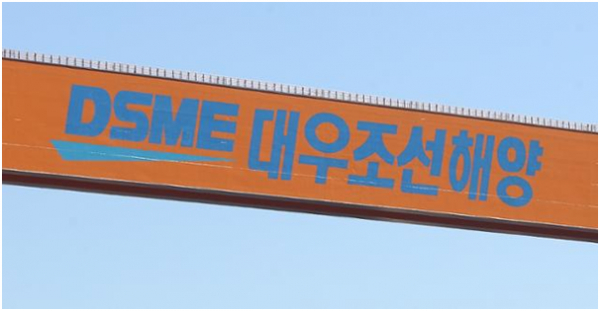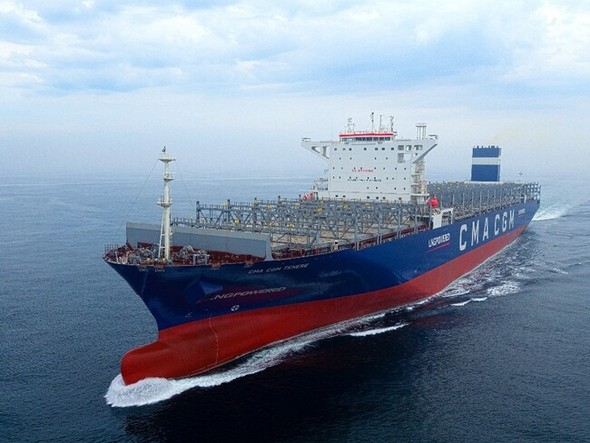

欧盟:不接受‘现代与大宇并购’:
-韩国的“Big 2”战略失败-
-大宇造船被迫再次孤军奋战-
大宇造船:
大宇造船已经延长了贷款期限。它是
取消收购不会立即产生影响。
经济不错,有3到4年的订单。
关键是能够承受,无需外部资本的投入。它是
不过,低价订单竞争过热又是一个值得关注的问题。
大宇造船私有化:
此外,大宇造船的私有化又回到了起点。
大宇造船将在未来
在国家银行的控制下
我必须找到一个新买家。
“这将阻碍韩国造船业的重组。”
大宇造船海洋
债权人高管
“这不会对两家公司产生太大影响,”他告诉该报。
韩国产业银行债权人在去年底
借给大宇造船的2万亿韩元(1930亿日元)的期限已延长至今年年底。
现代重工:
此次收购的白板是一个不小的打击。
这是因为韩国造船企业之间争夺低价订单,将再次上演“吃鸡游戏”。
日本韩民族
http://japan.hani.co.kr/arti/economy/42278.html
DSME’s Financial Future Uncertain
As the planned merger between HHI Group and DSME has been canceled, DSME’s financial structure remains uncertain.
DSME is presumed to have suffered a net loss of 1.3 trillion won in 2021.
Sales fell nearly 40 percent in 2021 from a year earlier due to a severe shortage of work three to four years ago.
Its deficit snowballed due to the large-scale provisions prompted by a surge in steel plate prices.
Industry insiders say that
the sharp increase in steel plate prices dealt a particularly heavy blow to DSME.As of the third quarter of last year,
DSME’s debt ratio stood at 298 percent. It jumped by 130 percentage points from the end of 2020 (167 percent).Stock analysts estimate DSME’s net loss to reach 150 billion won in 2022.
Therefore, its debt ratio is expected to easily exceed 310 percent.
DSME’s biggest problem is that
its ability to raise cash to pay off debts is weakening.As of the third quarter of 2022,
DSME’s current ratio stood at 93 percent, with its quick asset ratio hitting 78 percent.The current ratio is calculated by subdividing current assets with current liabilities.
Hyundai Heavy Industries
posted a net loss of 350 billion won in the first half of 2021, but during the same period,
its debt ratio stood at 144 percent,
its liquidity ratio 133 percent,
and its quick asset ratio 117 percent.DSME posted US$10.8 billion in order intake in 2021, exceeding its order target of US$7.7 billion.
For this reason,
some observers say that its deficit is expected to shrink this year and finally, it will turn to a surplus (net profit of 50 billion won) from 2023.However, it takes two to three years
for orders to be reflected in actual sales, and considering short-term loans and shipbuilding costs,DSME is highly likely to face a liquidity crisis in 2022, analysts forecast.
In consideration of these concerns, state-run banks such as Korea Development Bank have provided DSME with a credit line of 2.9 trillion won.
Initially, HHI Group planned to improve DSME’s financial structure after acquisition.
But with the plan shattered,
DSME has been put into a situation where it has no choice but to ask the government to come to its rescue.– Businesskorea
http://www.businesskorea.co.kr/news/articleView.html?idxno=86149